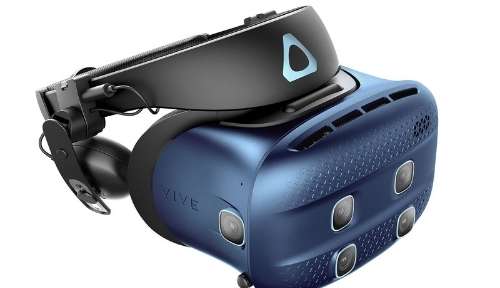We assume that virtual reality is a benign influence upon our lives and is not likely to cause any problems. But this is a form of technology which is developing all the time and as a result, can throw up problems which had not been previously considered.
There are physical problems which are due to poor ergonomics and then there are psychological issues. Then there are moral and ethical concerns about this technology which are discussed in greater detail in our virtual reality and ethical issues section.
Physical effects of virtual reality
One of the main problems with virtual reality is motion sickness. It is not unknown for people to suffer from nausea after spending a period of time in a virtual environment which is due to the effects the shift in perception has on balance. Our balance is affected by changes in the inner ear which results in feelings of nausea often experienced by people when travelling on a ship or some other form of transport.
Some people are affected by this after spending only 30 minutes in a virtual environment whereas others can go several hours before they notice any ill effects.
Another name for this sensation is ‘cybersickness’.
Time constraints
Another problem with virtual reality is time: it takes a long period of time to develop a virtual environment which may not be good news for any commercial enterprise wishing to invest in this technology. Time is money in the business world.
Plus many virtual reality companies or researchers use and adapt other forms of technology from other sources which means that they are reliant upon these. If one of their suppliers goes out of business then this will delay the work by a considerable period of time.
The more realistic a virtual world the longer it will take. It takes an inordinate amount of time to create an environment which is indistinguishable from the real thing, for example, a 3D walkthrough of a building which can a year or more to complete.
Early forms of virtual reality included blocky looking graphics and crude renderings which did not take long to produce but would not meet today’s ever increasing demands. People want faster, smoother and lifelike scenarios which make greater demands on processing speed, memory and rendering time.
There has to be a balance between hyper-realism and production time.







